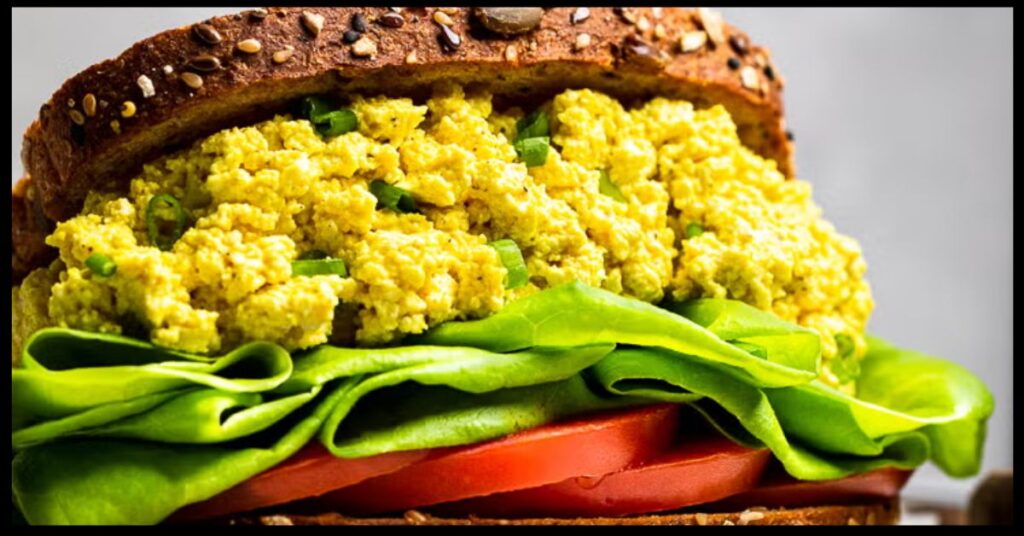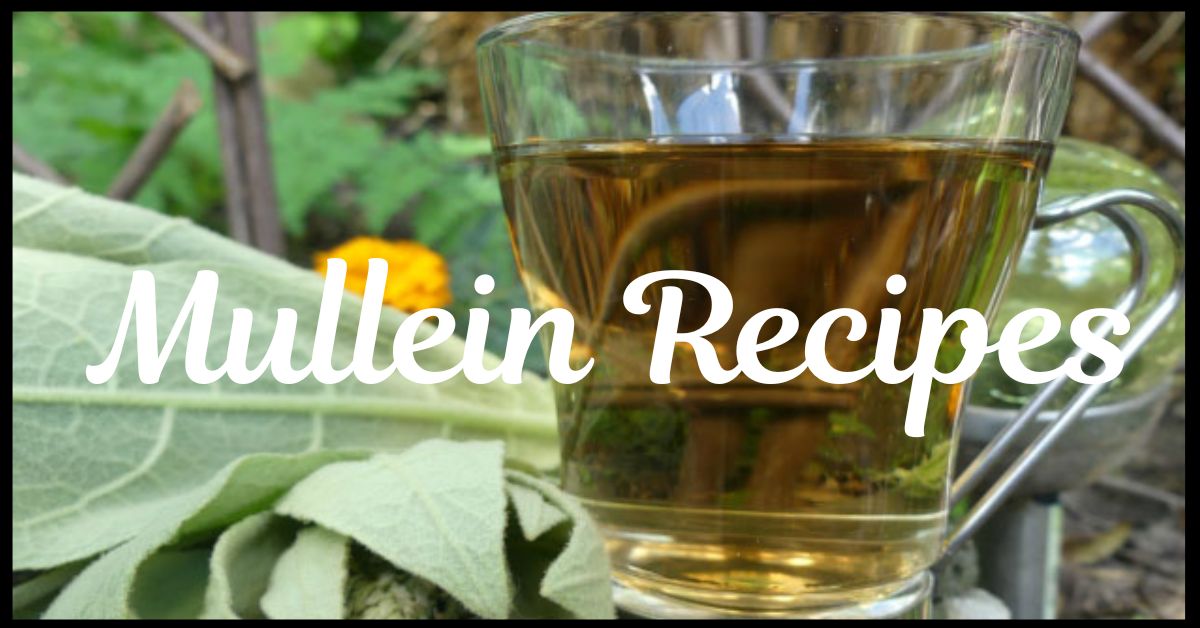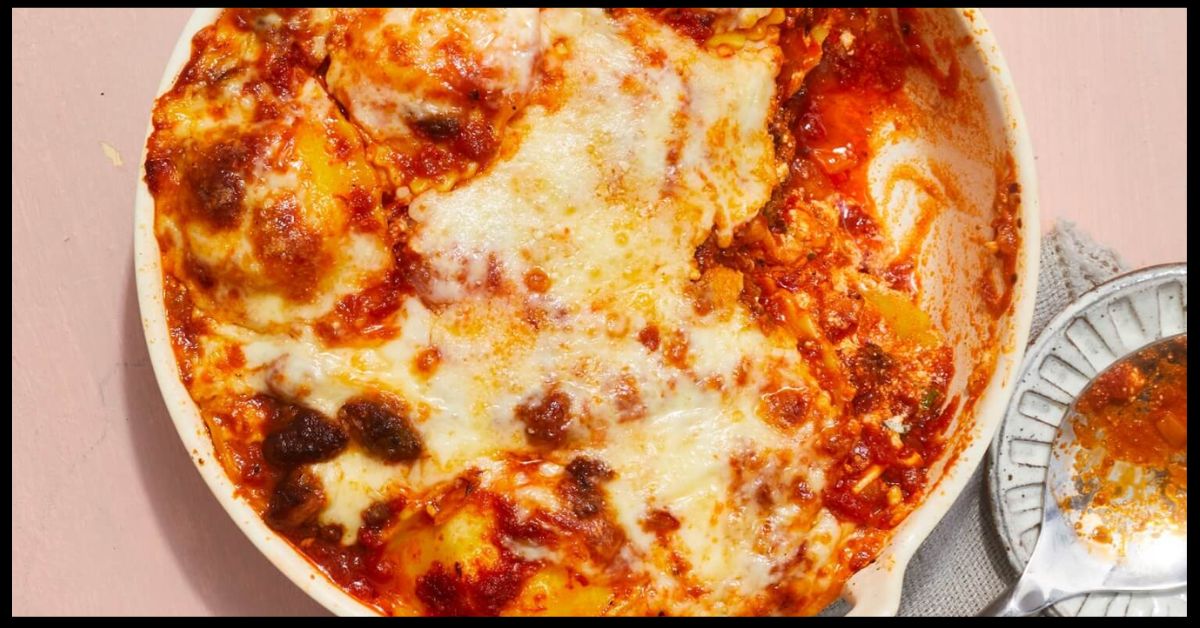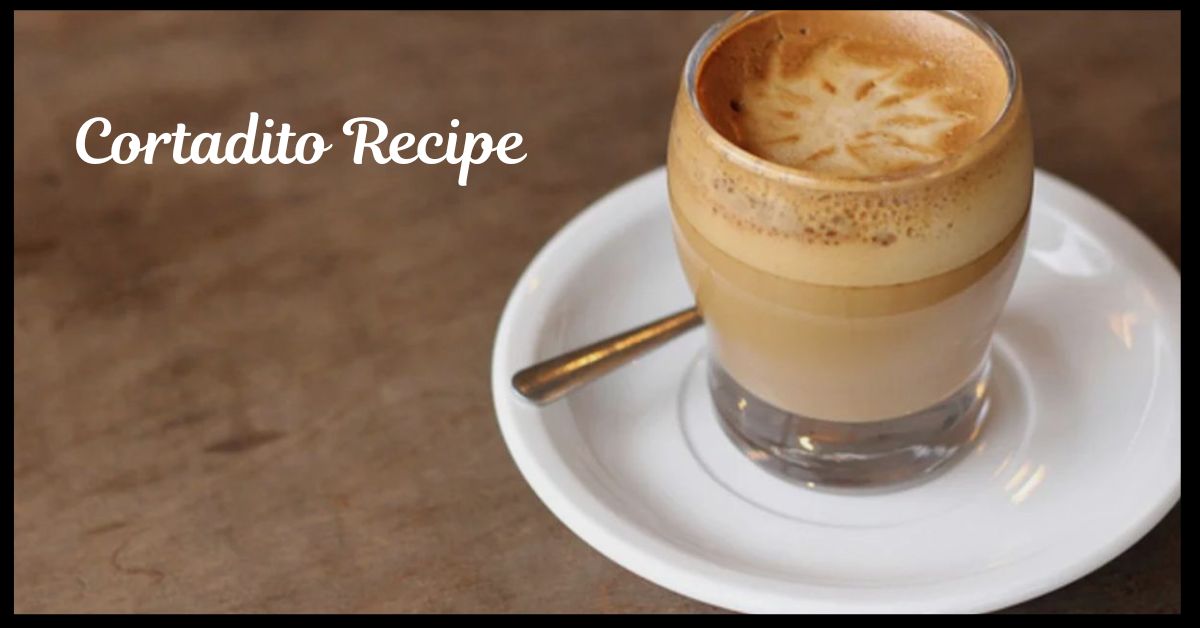In recent years, raw and vegan recipes have gained immense popularity among health enthusiasts. A diet rich in raw and plant-based foods not only supports overall wellness but also offers a variety of flavors and textures. This guide explores the basics of raw vegan eating, simple recipe ideas, and important tips to get started.

Table of Contents
ToggleWhat Is a Raw Vegan Diet?
A raw vegan diet combines the principles of veganism and raw foodism. It consists primarily of uncooked, unprocessed plant-based foods. Foods are typically not heated above 118°F (48°C) to preserve nutrients and enzymes that could be destroyed during cooking.
Common foods in a raw vegan diet include:
- Fresh fruits and vegetables
- Nuts and seeds
- Sprouted grains and legumes
- Cold-pressed oils
- Fermented foods like sauerkraut and kimchi
According to a review published in Frontiers in Nutrition (2021), diets high in raw vegetables and fruits are associated with improved heart health and lower risks of chronic diseases.
Benefits of Raw and Vegan Recipes
Incorporating raw vegan meals into a regular diet can offer numerous health benefits:
Rich in Nutrients
Raw plant foods are high in vitamins, minerals, fiber, and antioxidants. Minimal processing ensures that the nutritional content remains intact.
Promotes Digestive Health
The high fiber content from raw vegetables, fruits, and seeds aids in digestion and supports gut health.
Supports Weight Management
Studies, such as one published in the American Journal of Clinical Nutrition (2005), show that raw diets can contribute to weight loss and maintenance due to their low energy density and high fiber content.
Reduces the Risk of Chronic Diseases
A plant-based, raw-focused diet may lower the risk of conditions like type 2 diabetes, cardiovascular diseases, and certain cancers, according to the World Health Organization (WHO).
Essential Ingredients for Raw Vegan Recipes
Creating flavorful and satisfying raw vegan meals involves the right ingredients. Essential items to stock include:
- Leafy greens: spinach, kale, romaine lettuce
- Fruits: bananas, berries, apples, mangoes
- Vegetables: carrots, cucumbers, bell peppers, zucchini
- Nuts and seeds: almonds, walnuts, chia seeds, flaxseeds
- Plant-based oils: coconut oil, olive oil
- Natural sweeteners: dates, maple syrup (raw version)
Easy Raw and Vegan Recipes to Try
1. Raw Vegan Zucchini Noodles
Ingredients:
- 2 medium zucchinis, spiralized
- 1 cup cherry tomatoes, halved
- 1 avocado, diced
- 2 tablespoons lemon juice
- Fresh basil leaves
- Salt and pepper to taste
Instructions:
- Combine spiralized zucchini, tomatoes, and avocado in a bowl.
- Drizzle with lemon juice and season with salt and pepper.
- Toss gently and garnish with fresh basil before serving.
2. Raw Chocolate Energy Balls
Ingredients:
- 1 cup dates, pitted
- ½ cup almonds
- 2 tablespoons raw cacao powder
- 1 tablespoon chia seeds
- 1 tablespoon coconut oil
Instructions:
- Blend almonds and dates in a food processor until finely chopped.
- Add cacao powder, chia seeds, and coconut oil. Blend until the mixture sticks together.
- Roll into small balls and refrigerate for 30 minutes before eating.
3. Raw Vegan Cashew Cheesecake
Ingredients:
For the crust:
- 1 cup almonds
- 1 cup dates
For the filling:
- 2 cups cashews, soaked for 4 hours
- ½ cup coconut milk
- ¼ cup maple syrup
- 1 tablespoon lemon juice
- 1 teaspoon vanilla extract
Instructions:
- Blend almonds and dates to form a sticky crust. Press into a pan.
- Blend all filling ingredients until creamy.
- Pour filling over the crust and freeze for 4–6 hours.
- Thaw slightly before serving.

Tips for Successfully Following a Raw Vegan Diet
Start Gradually
Transition slowly by incorporating one or two raw meals a day. Gradual changes allow the digestive system to adjust.
Invest in the Right Tools
Tools like blenders, food processors, spiralizers, and dehydrators can make preparing raw meals easier and more versatile.
Stay Hydrated
Eating more fiber-rich foods can require increased water intake to support digestion.
Focus on Variety
A diverse diet ensures all essential nutrients are consumed. Include a colorful mix of fruits, vegetables, and seeds in daily meals.
Mind Nutritional Gaps
Some nutrients such as vitamin B12, vitamin D, and omega-3 fatty acids may be challenging to obtain from a strictly raw vegan diet. Fortified foods or supplements can help meet these needs. Consultation with a registered dietitian is recommended.
Myths About Raw and Vegan Diets
Myth: Cooking Destroys All Nutrients
While some nutrients like vitamin C and some B vitamins can diminish with heat, cooking can enhance the bioavailability of others, such as lycopene in tomatoes.
Myth: Raw Diets Lack Protein
A well-planned raw vegan diet can provide adequate protein through foods like nuts, seeds, legumes, and leafy greens.
Myth: Raw Veganism Is Only for Detox
While raw vegan diets can support body cleansing naturally, they are sustainable long-term eating patterns, not just short-term detox regimens.
Conclusion
Raw and vegan recipes offer a delicious, nutritious way to enjoy plant-based foods while promoting overall health. By understanding the essentials, experimenting with easy recipes, and embracing a variety of fresh ingredients, anyone can enjoy the benefits of this vibrant and healthful way of eating.
For optimal health, it is important to ensure a balanced intake of nutrients and to consult healthcare professionals when making significant dietary changes. With creativity and planning, a raw vegan lifestyle can be both enjoyable and rewarding.







